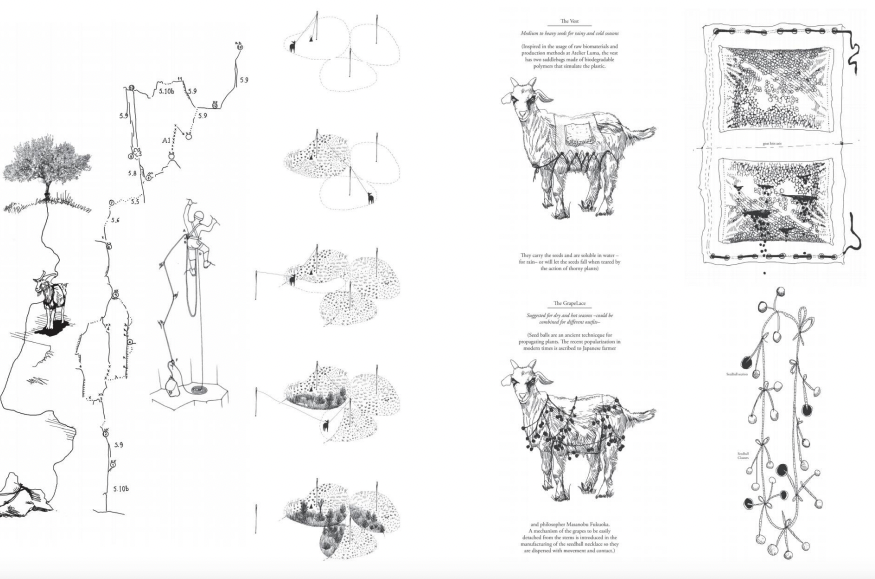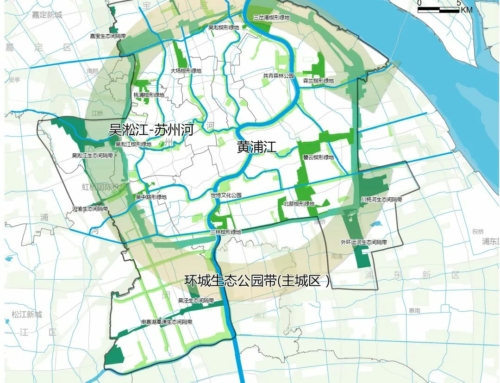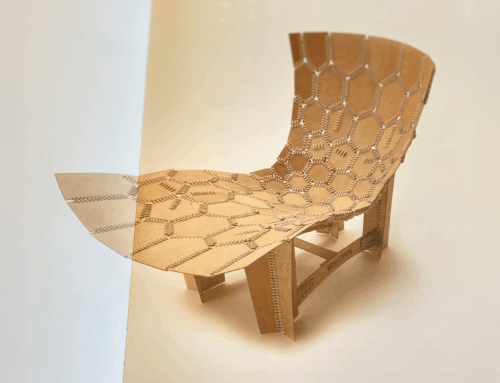For its inaugural meeting, @designcouncil asked its eight Design For Planet Fellows, of which I am one, to share “an inspiring design”. I chose a publication called Regenerative Empathy – and below I explain why.
“Place” wrote Simone Weil, “is a doorway into caring. Love of place can unite people across diverse ideological spectra. It can unleash the personal and political will for the profound changes we need to make”. But healthy places are alive, and filled with dynamic interactions. In what practical ways can design engage with places as living systems? Ways that are regenerative, and not its opposite?

This document, Regenerative Empathy, describes a design project in 2018 about just that question: How to design new relationships between people, soils, animals, and plants in the Camargue bioregion in southern France. (The link above takes you to a 110 page pdf) Led by landscape architect Teresa Galí-Izard, twenty grad students were given an unusual design brief: regenerate the soils of the bioregion – its rhizosphere – as a biological, living entity.
They were instructed to do this by creating new associations and synergies between between, people, animals, vegetation, weather.
Technology could be part of the story, but not its driver.
Among the proposals emerging from the work: – An archepelago of pastures in the Les Alpilles mountains from which goats would disperse seed, and regenerate soil; – a landscape in which the lives of pigs and peach trees help each other; – peach trees – pruned, and carefully maintained – interacting with the messy, unpredictable habits of pigs; – a system of collection ponds, alongside existing drainage channels, that would enable interactions among cypress trees and sheep, cattle, fruit trees, and rice. When these design studies are added together, a dynamic and life-providing landscape emerges from what had been forgotten and marginal land.

A design that interacts with diverse disciplines is central to the process recorded here. The student designers had to find and engage with different sources of knowledge and information. Framed by the space of life called the rhizosphere, they studied geological maps, and climate data, and read scientific articles. Above all, they did extensive field work: talking with farmers about food production; with social historians about culture; with ecologists about ecosystems. The student designers shared their insights and proposals using a sparse shared language: black-and-white line drawing. Four years after I first encountered this work – when it enchanted, but perplexed me – I finally understand its title. If design is to be regenerative, empathy with diverse actors and processes is essential.
And not just with the diverse forms of life that are there, in the bioregion, now. Regeneration involves delicate interactions between climate and geology, and sensitivity to layering of events and histories over time. Regenerative Empathy is a Studio Report from the Fall 2018 semester at the Harvard University Graduate School of Design based on the option studio “Rhizosphere,” taught by Teresa Galí-Izard. The studio was made possible with support from the LUMA Foundation.





